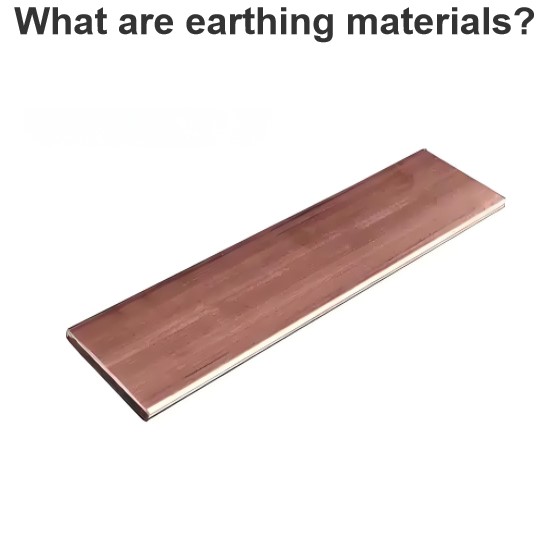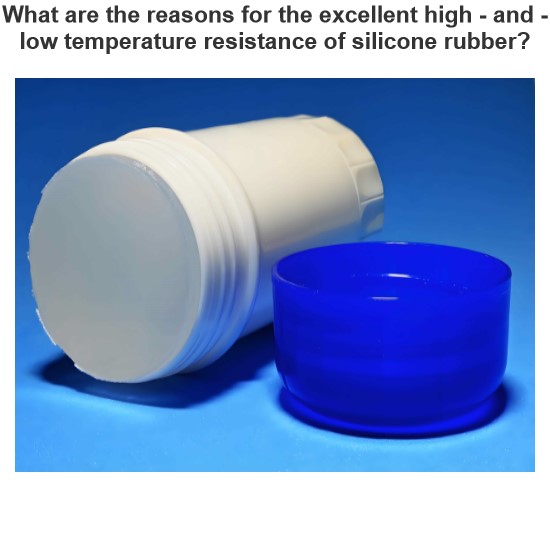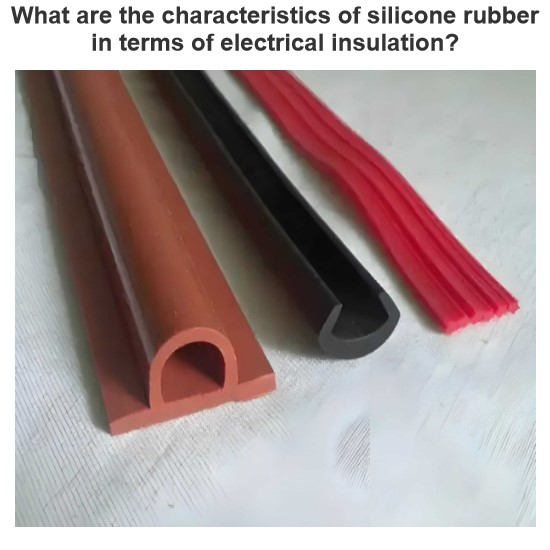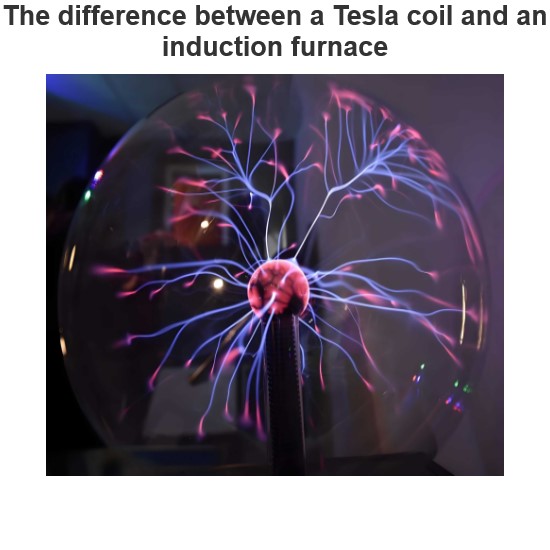Classification of Electrical Conducting Materials
Electrical conducting material are the basic requirement for electrical engineering products. The electrical conducting material can be classified as below-
Based on Resistivity or Conductivity
Low resistivity or high conductivity conducting material
High resistivity or Low conductivity conducting material
A classification chart of conducting materials based on resistivity or conductivity is shown in figure below-

Low Resistivity or High Conductivity Conducting Material
Material having low resistivity or high conductivity are very useful in electrical engineering products. These material used as conductors for all kind of windings required in electrical machines, apparatus and devices. These material are also used as conductor in transmission and distribution of electrical energy.
Some of low resistivity or high conductivity materials and their resistivity are given in table below –
Silver
Copper
Gold
Aluminum
High Resistivity or Low Conductivity Conducting Material
Materials having High resistivity or Low conductivity conducting are very useful for electrical engineering products. These material are used to manufacture the filaments for incandescent lamp, heating elements for electric heaters, space heaters and electric irons etc.
Some of materials having High resistivity or Low conductivity are listed below:
Tungsten
Carbon
Nichrome or Brightray – B
Nichrome – Vor Brightray – C
Manganin
Based on Area of Application
Materials used as conductor for coils of electrical machines
Materials for heating elements
Materials for lamp filaments
Material used for transmission line
Bimetals
Electrical Contact Materials
Electrical Carbon Materials
Material for Brushes used in Electrical Machines
Materials used for fuses
A classification chart of conducting materials based on their applications is shown in figure below-
Materials Used as Conductor for Coils of Electrical Machines
Materials having low resistivity or high conductivity such as copper, silver and aluminum can be used for making coils for electrical machines. However, looking to optimum conductivity, mechanical strength and cost, copper is much suitable for making coils for electrical machines.
Materials for Heating Elements
Materials having high resistivity or low conductivity such as Nichrome, Kanthal, Cupronickel and Platinum etc. are used for making heating elements. Materials used for heating elements must possess following properties-
High melting point
Free from oxidation in operating atmosphere
High tensile strength
Sufficient ductility to draw the metal or alloy in the form of wire
Materials for Lamp Filaments
Materials having high resistivity or low conductivity such as Carbon, Tantalum and Tungsten etc. are used for making incandescent lamp filament. Materials used for making incandescent lamp filament must possess following properties-
High melting point
Low vapour pressure
Free from oxidation in inert gas (argon, nitrogen etc.) medium at operating temperature
High resistivity
Low thermal coefficient of expansion
Low temperature coefficient of resistance
Should have high young modulus and tensile strength
Sufficient ductility so that can be drawn in the form of very thin wire
Ability to be converted in the shape of filament
High fatigue resistance against thermally induced fluctuating stresses
Cost should minimum
Material Used for Transmission Line
Materials used for making conductor for transmission line must possess following properties –
High conductivity
High tensile strength
Light weight
High resistance to corrosion
High thermal stability
Low coefficient of thermal expansion
Low cost
Materials use for transmission lines are listed below-
Copper
Aluminum
Cadmium-Copper alloys
Phosphor bronze
Galvanized steel
Steel core copper
Steel core aluminum
Bimetals
Many combinations of metals with different “Coefficient of linear thermal expansion” can be used to form the bimetals. Some of the commonly used combinations for making bimetallic strips are listed below-
Iron, nickel, constantan (high “Coefficient of linear thermal expansion”)
Alloy of iron and nickel (low “Coefficient of linear thermal expansion”)
Electrical Contact Materials
The successful operation of electrical contacts is function of various factors. While selecting a suitable material for electrical contact, we have to consider the factors. Some of most important factors of these are listed below –
Contact resistance
Contact force
Voltage and current
Electrical Carbon Materials
Carbon in widely used in electrical engineering. Electrical carbon materials are manufactured from graphite and other forms of carbon.
Carbon is having following applications in electrical Engineering–
For making filament of incandescent lamp
For making electrical contacts
For making resistors
For making brushes for electrical machines such as DC machines, alternators.
For making battery cell elements
Carbon electrodes for electric furnaces
Arc lighting and welding electrodes
Component for vacuum valves and tubes
For makings parts for telecommunication equipment’s
Material for Brushes Used in Electrical Machines
Before selecting the material for brushes, we should keep in our mind following requirements in a brush –
Contact resistance
Thermal stability
Lubrication properties
Mechanical strength
Low brittleness
Material used for Brushes in electrical machines are listed below-
Carbon
Natural graphite
Electro graphite
Metal graphite
Copper
Materials Used for Fuse Elements
Fuse element is primary requirement of a fuse unit. The fuse element should have following properties-
Low resistance – to avoid the undesirable voltage drop across the fuse element, so that it should effects the normal functioning or performance of circuit or device or equipment
Low melting point – the fuse element must have low melting point. So that it blow out due to heating by excess current during over load or short circuit.
Different types of metals and alloys are used for fuse element. Some of these elements are listed below –
Aluminum
Lead and tin
Copper
Silver
Rose’ Alloys
Wood alloys
Statement: Respect the original, good articles worth sharing, if there is infringement please contact delete.
Electrical4U is dedicated to the teaching and sharing of all things related to electrical and electronics engineering.













